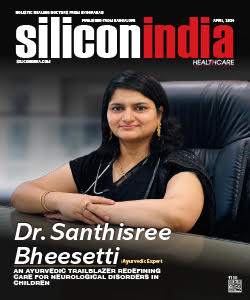Ancient Egyptian Mummies Did Not Have Spinal Arthritis: Study
CAIRO: A systemic disease that causes inflammation in the spinal joints and was thought to have affected members of the ancient Egyptian royal families may have been another degenerative spinal condition, scientists say.
Researchers found no signs of ankylosing spondylitis in Egyptian mummies but instead discovered a degenerative spinal condition called diffuse idiopathic skeletal hyperostosis (DISH).
In DISH the hardening of ligaments along the vertebrae of the spine cause stiffness in the upper back and can affect other joints in the body.
While DISH may appear similar to ankylosing spondylitis, it is a degenerative and not an inflammatory type of arthritis, affecting those 60 years of age and older.
Previous research using X-ray images claimed that three Pharaohs (Amenhotep II, Ramesses II, and his son Merenptah) displayed evidence of ankylosing spondylitis.
The current study used computed tomography (CT), a more sophisticated imaging technology, to study thirteen royal Egyptian mummies from 1492-1153 BC to determine if signs of ankylosing spondylitis or DISH were present.
A diagnosis of ankylosing spondylitis was ruled out due to the absence of joint erosion in the lower back and pelvis area (sacroiliac joints) or fusion of sacroiliac joints or of small joints between the vertebra in the spine (facet joints) on the CT scans of the mummies.
Signs of DISH were found in four Pharaohs (Amenhotep III-18th Dynasty; Ramesses II, his son Merenptah, and Ramesses III-19th to early 20th Dynasties).
The study was conducted by Dr Sahar Saleem with the Kasr Al Ainy Faculty of Medicine in Cairo, Egypt and Dr Zahi Hawass, Egyptologist and former head of the Egyptian Supreme Council of Antiquities.
"The mummies of Ancient Egypt offer a wealth of information regarding the history of disease. In studying these ancient remains we may be able to uncover the pathway of diseases - like ankylosing spondylitis or DISH - and how they might impact modern populations," researchers said.
The study was published in Arthritis & Rheumatology, a journal of the American College of Rheumatology (ACR).





.jpg)